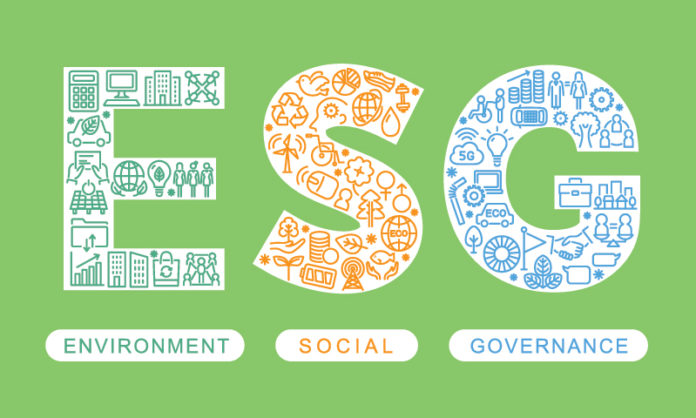For credit lenders, being aware of ESG factors and how these are managed represents an important metric in determining a borrower’s broader risk profile. Such awareness also ensures downside protection and can help guide overall investment decisions. While lack of consistency in reporting standards used is one of the biggest challenges in assessing a borrower’s total and ESG risk profile, the scarcity of public ESG data is particularly problematic among smaller, private borrowers.
It is therefore encouraging to see that after much debate and efforts by organisations such as the Sustainability Accounting Standards Board (SASB), regulatory initiatives aimed at addressing this issue appear to be gaining momentum across leading financial markets. In the U.S., the Securities and Exchange Commission has assembled a taskforce to work on an ESG disclosure framework, while the EU has recently imposed mandatory ESG disclosure obligations for asset managers through its Sustainable Finance Disclosure Regulation (SFDR) and is progressing with its Taxonomy Regulation, a package of measures aimed at standardising company ESG disclosure across the board.
The likely requirement for both companies and financial institutions to comply and report publicly on a more consistent set of ESG metrics in the near future can help unlock opportunities for all parties.
For lenders that incorporate ESG considerations into their origination, this move should facilitate a smoother underwriting process by aiding measurability and credibility of ESG data. It will help investors demonstrate the sustainable characteristics of their portfolios and instil confidence in such investments. Meanwhile, companies will be able to use their ESG credentials more effectively to differentiate themselves from their investment peer group and attract financing on more favourable terms.
However, in the near future, evolving regulatory requirements are likely to have a much more profound impact on public asset classes, which better lend themselves to quantitative assessment and third-party certification than private markets asset classes. When it comes to highlighting their ESG achievements, smaller, privately held companies may be less advanced than their larger, public counterparts, which have greater resources to devote to marketing their sustainability credentials. As the latter enhance their ESG disclosure in response to regulatory changes, there is a danger of private borrowers falling even further behind in their ability to attract funding on favourable terms, unless lenders take a more consultative approach and proactively engage with management teams.
Within the small to medium enterprise (SME) universe in particular, there is a wealth of private companies that generate a positive impact and operate in a sustainable manner. They are responsible for a significant share of new job creation and economic activity in the U.S., spend a proportionately higher amount within their local communities vs. larger companies, are nimble enough to adopt greener alternatives and are willing to favour local supply chains. Importantly, many small businesses are owned by women and people of color. However, these smaller organizations are unlikely to show up on a stock exchange, in a publicly traded index, or a proxy vote battle, which means their needs are less likely to be included in the global effort toward ESG standardization.
Therefore, a holistic approach to investing will be of critical importance. While due diligence may start with quantitative assessment of ESG credentials and available data, it is essential to recognise that no two businesses are the same and that different E, S and G factors will be of material importance to each one of them. Not to mention that not all responsible practices nor ESG risks are easily quantifiable.
Supporting small and medium-sized business owners through this transition will require conducting both bespoke ESG analyses on borrowers and proactive engagement to identify practical steps borrowers can take to make a meaningful improvement to their sustainability and optimise their ESG ratings.
For borrowers, taking these steps can provide, in addition to more favourable financing terms, a path to greater resilience, enhancing their ability to attract tomorrow’s consumers and talent, manage risks stemming from long-term trends such as pollution, climate change and water scarcity, and protect their reputation.
Small businesses are vital engines of the economy, which need support now, more than ever. White Oak is proud to be a partner of choice to small businesses around the world, providing over $8 billion in capital to date to ensure these businesses continue to recover and grow.
Terésa Cutter, Head of ESG and Impact, White Oak Global Advisors
ESG stock photo by President KUMA/Shutterstock







